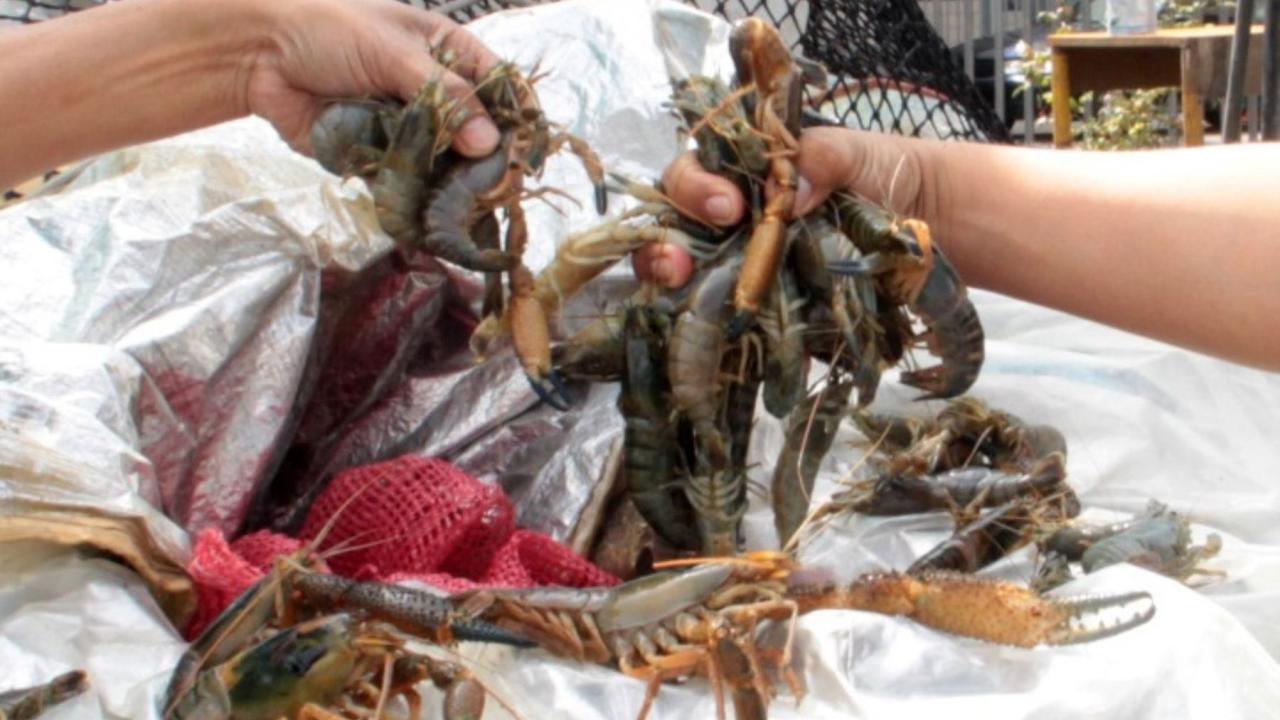
Last April, shrimp exports to China showed a slight recovery in volume, the first positive figures of the year for the sector.
For a little more than four months, from February to last Thursday, June 6, nine shrimp exporting companies in Ecuador were unable to ship their products due to a suspension imposed by Chinese authorities who alleged alleged detections of sodium metabisulfite levels by above the levels allowed in shrimp shipments between February and March 2024. This, according to figures from the National Chamber of Aquaculture (CNA), represented a 27% decrease in the volume of exports of the crustacean to China in the first quarter of this year. anus.
The drop was more dramatic when compared in dollars. The Asian giant is the first destination for Ecuadorian shrimp. From January to March, Ecuador received US$653 million from shrimp exports to China, that is, 57% of total exports of the crustacean, which reached US$1,521 million in all its markets. In China, Ecuadorian shrimp had a 43% drop in foreign currency, which is reflected in a drop of US$ 498 million when compared to what was exported in the same period of 2023, when US$ 1,151 million were generated.
According to the Ministry of Production, Foreign Trade, Investment and Fisheries, “the relaxation of sanitary measures” will allow a boost in the flow of exports. However, returning to export is not an immediate process and it is not guaranteed that exports will return to the same level, more due to external factors than due to the capacity of Ecuadorian exporters.
The CNA, through a statement, indicated that establishments can resume their export operations, as long as they present, along with the corresponding health certificate, a laboratory analysis that ensures compliance with the limits allowed for sodium metabisulfite in each lot.
According to information from the Public Aquaculture and Fisheries Research Institute (Ipiap), sodium metabisulfite is a preservative that is used in shrimp to prevent melanosis, which is an enzymatic reaction that produces darkening and degradation in shrimp tissue. Furthermore, if this compound (metabisulfite) is outside the maximum allowable limit, it can cause an allergy in the person who ingests the food product.
It was known that the alleged detection above the permitted levels of this preservative would have been detected mainly in the heads of the crustacean where this chemical compound is concentrated, since shrimp with heads are exported to the Chinese market, unlike other markets such as the United States. United where headless is preferred.
After complying with sanitary measures, will exports return to previous suspension levels?
José Antonio Camposano, president of the CNA, believes that it is too early to project a recovery, especially given the contraction that the Chinese economy is going through this year, another factor that has caused the Asian giant to reduce its imports.
“It is too early to evaluate the impact and calculate whether we will return to specific export levels. This, especially since the Chinese market still shows no signs of recovery. The industry is facing a series of challenges that still generate a lot of uncertainty in the markets,” said Camposano.
However, according to the latest figures from the union, last April 137 million pounds of shrimp were exported to China, 6.35% more than in April 2023 when 129 million pounds of the crustacean were sent, however, despite the recovery in volume, in dollars there was a contraction of 10.16%, receiving US$ 32 million less than in April of last year. Meanwhile, if the accumulated figures from January to April of the union are reviewed, exports of the crustacean show a drop of 18.95% in volume and 31.26% in dollars, which reflects a slight recovery when compared to the official figures for the first quarter.
The April figures for the exported volume are the first positive of the year, since from January to March they were downward. In January shipments were -13.87%, in February -21.47% and in March it was the biggest drop with 41.86%. However, in the accumulated, the participation of Ecuadorian shrimp in the Asian giant feels the impact of these falls, since from the 63.74% participation it had from January to April 2023, this year in the same period it fell to 52% . While in its other markets participation grew.
In the United States the participation went from 15.53% to 21%, in Europe it went from 14.9% to 19%, in the rest of Asia, from 3.58% to 5%, in America from 1.83% to 2%, in Africa from 0.378% to 1%, only in Oceania the participation went from 0.05% to 0%.










